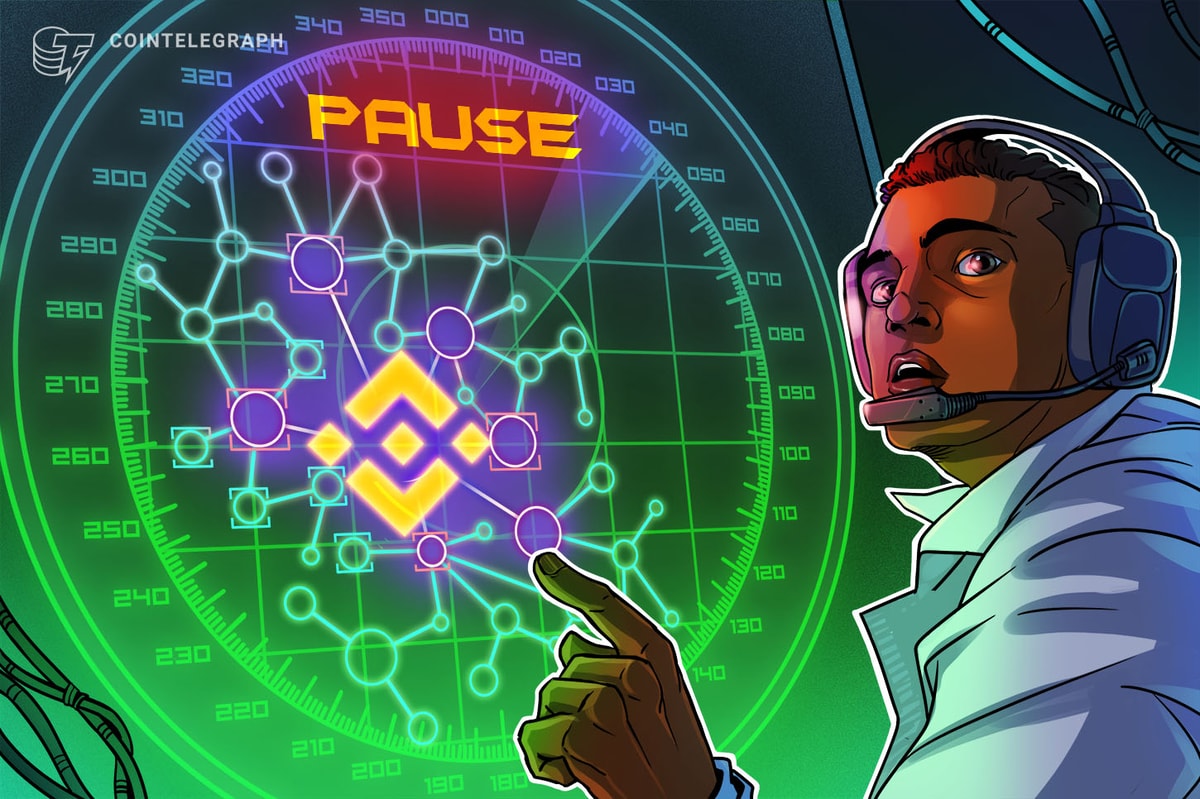
Bitcoin Difficulty is set to go through a decline on Thursday, breaking a long chain of increases across the past seven network adjustments.
Bitcoin Mining Difficulty Is Expected To Go Down Over 3%
According to data from CoinWarz, the Bitcoin Difficulty is expected to see a decline in the upcoming network adjustment. The “Difficulty” here refers to a metric built into the BTC blockchain that controls how hard miners would find it to mine a block on the network.
Its value is entirely controlled by the code Satoshi wrote, meaning no third party has any say on how the Difficulty will change. The BTC creator established one simple rule for the chain to follow: the block production rate (that is, the speed at which miners are performing their task) should remain constant at 10 minutes per block.
Whenever miners mine faster than this speed, the network responds by raising the Difficulty to slow the validators back down to the standard rate. Similarly, it lowers the metric instead if miners are having a hard time meeting the quota.
The network makes these changes in biweekly events known as adjustments. The next adjustment is set to occur on Thursday, October 16th. Miners have been slower than the chain needs since the last adjustment, so the Difficulty will go up tomorrow.

The details of the upcoming Difficulty adjustment | Source: CoinWarz
As is visible above, miners have produced a block at an average interval of 10.33 minutes in the last two weeks, which is 0.33 minutes slower than the standard block time. To correct for this, the network is estimated to drop its Difficulty by around 3.2%.
While this decrease isn’t too big, the fact that the indicator is reversing course is still notable, as the last seven adjustments all led to an increase in its value. The below chart shows how the metric’s value has changed during the last six months.

Looks like the value of the metric has been sharply going up in recent weeks | Source: CoinWarz
From the graph, it’s apparent that not only has the Bitcoin Difficulty been climbing recently, the last six adjustments have in fact resulted in a new all-time high (ATH).
Whenever the metric rises, things become economically tougher for the miners. This is because these validators earn the majority of their income through the block subsidy, which they only receive when they add the next block to the chain. Since the Difficulty ensures block time doesn’t diverge too much from 10 minutes, miners still earn the same even if they add more computing resources.
Whenever new players join the space, Difficulty usually pushes up to compensate for the speed increase that comes with extra power, thus making it so that the same reward has to now be fought over by a larger pool of miners.
Considering this context, the upcoming drop in the Bitcoin Difficulty will be a welcome relief for the miners.
BTC Price
At the time of writing, Bitcoin is trading around $110,400, down more than 9% over the last week.
The trend in the price of the coin over the last five days | Source: BTCUSDT on TradingView
Featured image from Dall-E, CoinWarz.com, chart from TradingView.com

Editorial Process for bitcoinist is centered on delivering thoroughly researched, accurate, and unbiased content. We uphold strict sourcing standards, and each page undergoes diligent review by our team of top technology experts and seasoned editors. This process ensures the integrity, relevance, and value of our content for our readers.




Leave a Comment